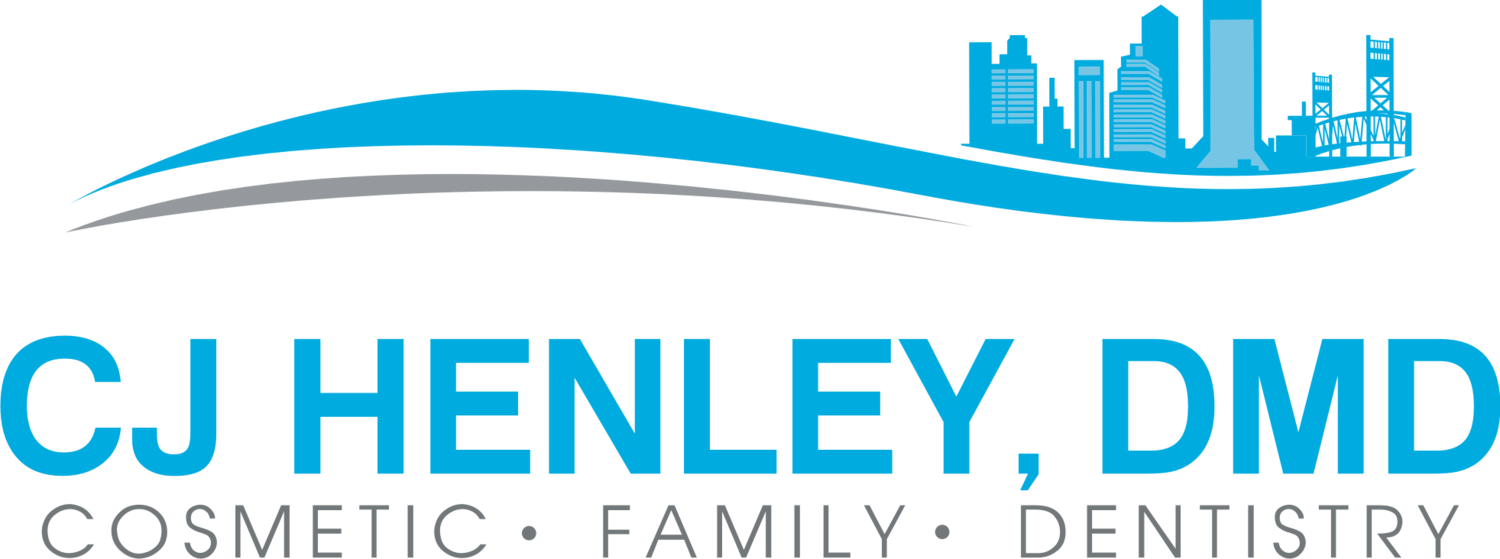A BRIEF HISTORY OF TOOTHPASTE
The world’s oldest-known formula for toothpaste was created by the Egyptians in 4AD. They crushed rock salt, mint, dried iris flowers and pepper and mixed them together to create a powder(Spear Education).
The recipes for toothpastes were improved by the Greeks and then the Romans by adding abrasive agents like pulverized oyster shells or bones.
Ziryab, popularized a formulation of tooth power in Islamic Spain.
Source: http://www.muslimheritage.com/article/ziryab
In the 9th century Ziryab, an Iraqi musician, composer, poet and teacher invented a type of toothpaste, which became widely used throughout Islamic Spain. While the ingredients of the toothpaste are unknown, it was reported to be both "functional and pleasant to taste" (Wikipedia).
In the 18th century, people were known to scrub their teeth with a powder that was made up of mainly burnt bread.
Tooth powder was later invented in the 19th century and was used with toothbrushes similar to what we have today. At the time, most were homemade with chalk, pulverized brick, or salt as ingredients. Tooth powder was the most common dentifrice until World War I (Wikipedia).
Toothpaste in a tube, invented by Dr. Washington Sheffield in 1870
Toothpaste in a tube was invented by Dr. Washington Sheffield in 1870. Later, in 1890, calcium fluoride was added to toothpastes. However, the addition of fluoride to toothpaste was criticized by the American Dental Association (ADA). The ADA did not approve of the addition of fluoride until several studies completed by Procter and Gamble in the 1950s showed the benefit of fluoride as an anti-cavity agent (Wikipedia).
TODAY'S TOOTHPASTES HAVE FOUR MAIN COMPONENTS: WATER, ABRASIVES, FLUORIDE, AND DETERGENTS.
Abrasives make up around 50% of modern toothpastes. These particles help remove plaque, tarter and stains.
Fluoride, in various forms, is the active ingredient in toothpaste to help prevent cavities. Fluoride is a naturally occurring element that helps strengthen tooth enamel. While sodium fluoride (NaF) is the most common source of fluoride, stannous fluoride (SnF2) is also found in several brands of tooth paste. Stannous fluoride helps strengthen teeth and is also an anti-bacterial agent (Tufts University). It is also proven to protect against gingivitis, plaque and tooth sensitivity (Crest.com).
Source: Colgate.com
Detergents help make toothpaste develop foam. Many toothpastes contain sodium lauryl sulfate which is found in many other personal care products, such as shampoo.
Other ingredients, such as triclosan, act as an antibacterial agent. According to the American Dental Association, it helps reduce tartar and bad breath. It should be noted that there is some debate regarding the safety of triclosan. However, there is no evidence that the ingredient should be avoided.
Potassium nitrate is the active ingredient found in toothpastes designed to reduce sensitivity.
SO WHAT IS THE BEST TOOTH PASTE?
Ultimately, the choice is up to you! Dr. Henley and Dr. Kelly suggest that patients avoid whitening toothpastes. Whitening toothpastes have extra abrasives, which, in the long haul, can cause sensitivity and wear on teeth. The best toothpaste is one that contains fluoride. Today, the vast majority of toothpastes contain fluoride. Toothpastes like Sensodyne can be very effective at reducing sensitivity to cold.
Whatever toothpaste you choose, use it! Brushing twice a day, for two minutes, is the best way to care for your teeth. We also recommend that you use a fluoride mouth rinse such as ACT. If you have any questions about what toothpaste is best for you please call us at 904.398.1549.




